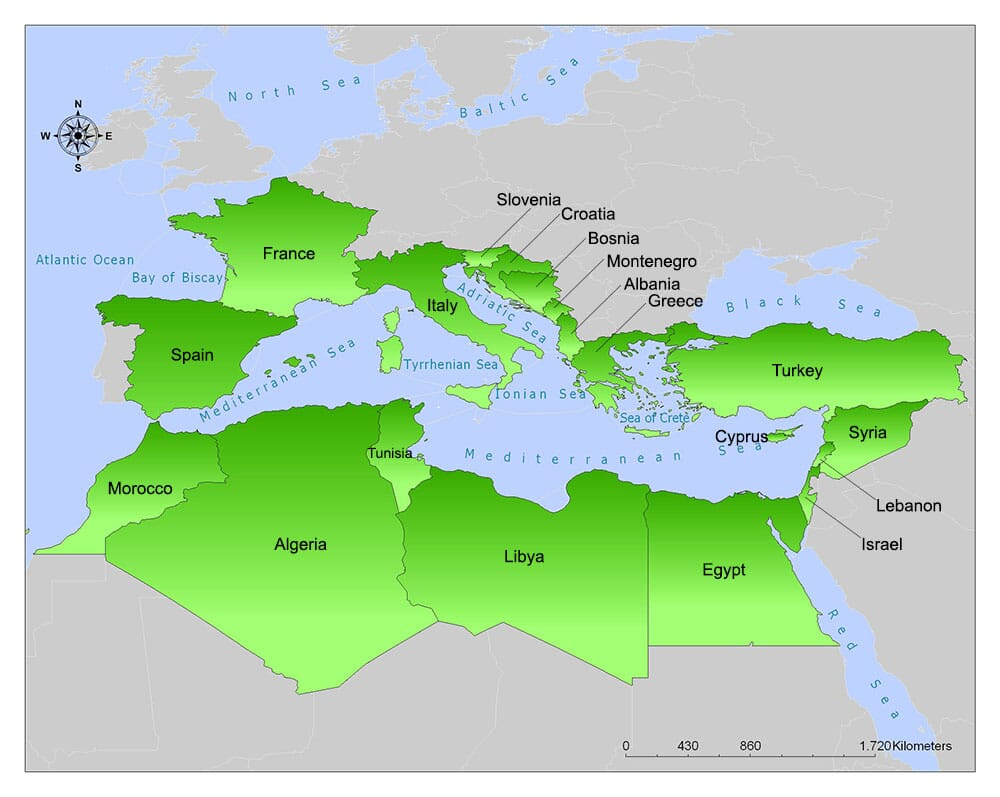Last week, I wrote a post about three things I liked better in the US than in Spain. Today, it will be the opposite. I will only talk about food in this post, but there will be two more in which I will discuss other topics.
The Mediterranean diet is known worldwide for being one of the healthiest in the world. It consists of daily doses of vegetables, fruits, whole grains, and olive oil, as well as moderate consumption of fish, nuts, legumes, fish, dairy, and poultry. This diet also restricts the consumption of red meat and processed foods like sodas or sweets.

Now, does everyone in Spain and other Mediterranean countries follow this diet to a T? Not at all. I myself don’t, although I’m not too far from it either, especially when in Spain. However, it’s easier to be close to this way of eating when healthy, fresh foods are readily available. It also helps not to have a fast food restaurant every ten meters.
When I’m in the US, it can be harder to follow a diet close to the Mediterranean one, but I think it’s possible. Thanks to globalization, many Mediterranean foods can be bought there. Sometimes, it can be pretty costly, which is what keeps me from being closer to it. However, I still have 2-3 pieces of fruit a day, around two servings of vegetables, whole grains from oats and whole wheat pasta, and a lot of chicken. I must admit I eat too much dairy and more red meat than the Mediterranean diet recommends, but I heavily restrict ultra-processed foods. Thankfully, I’m pretty good at not falling into the (alleged) convenience of fast food.
However, as some of you know already, friction, or the lack thereof, is a crucial aspect of habit forming. If high-quality food is hard to find or expensive, and we have a ton of negative external stimuli trying to get us to buy a burger, fries, and soda combo, eating well is a considerable challenge.
The chart above shows how more than 2 in 5 people in the US are obese, while less than 20% are in Spain and Italy, and only 10.2% in France. This is a huge difference and a big problem for the United States. Of course, the food is not the only factor, and we will talk more about that in an upcoming post, but it’s likely the most significant one. As I said, too many negative stimuli to be unhealthy.
However, I must say I believe these numbers will go down in the coming years as a result of two things: increased awareness (especially among young people) and drugs like Ozempic.
I’ve observed that young people have become more aware of the importance of being healthy in the US. I see more people working out and taking care of their diets. This trend will continue, if only for “network effects” and people finding themselves in better environments that encourage them to go to the gym, run, walk, eat better, and even drink less!
Regarding drugs like Ozempic, I’m not very familiar with them, but I’ve heard of their effectiveness. Therefore, I’m optimistic that it will help people lose weight, with all its positive consequences. It’s not as rewarding as getting healthier by natural means, but it’s still excellent!
I really hope you enjoyed this article, and I’d love to hear about your food experiences, no matter where you’re from! If you liked what you read, consider subscribing! Please leave a comment or message me on X, Instagram, or Facebook, and we can chat! Thanks for reading!





